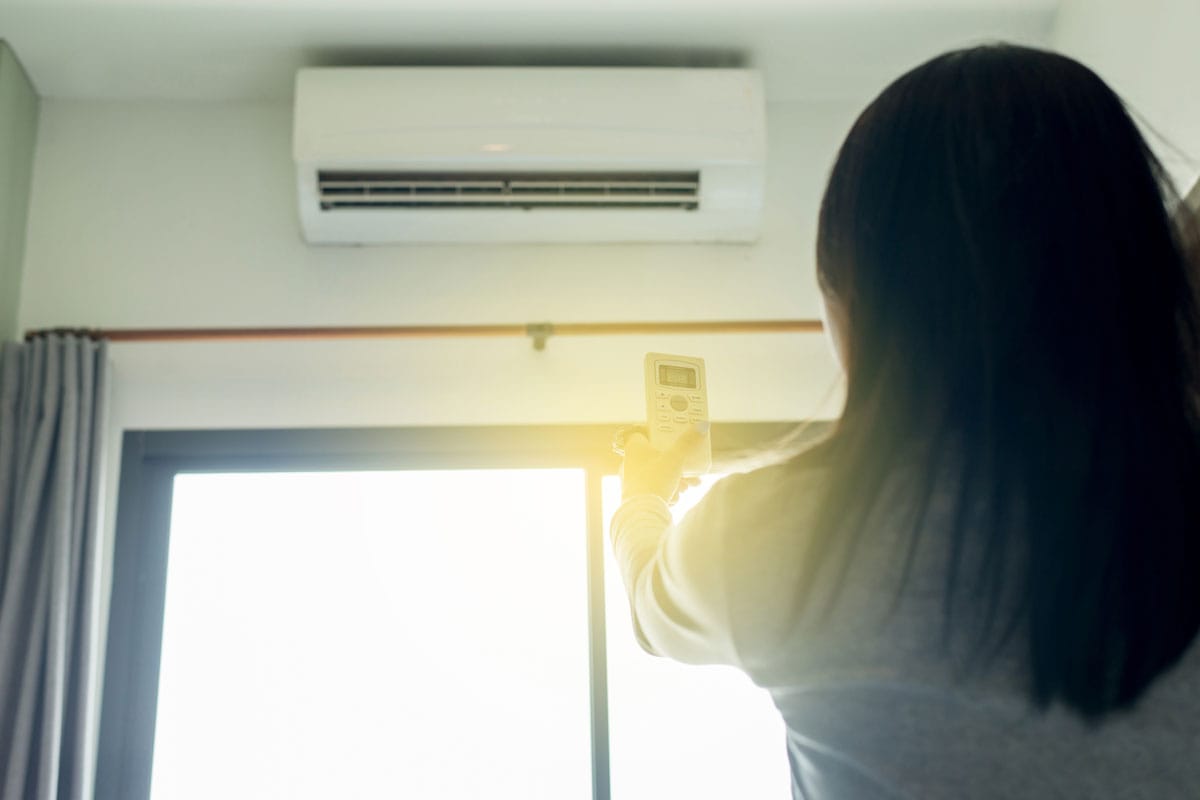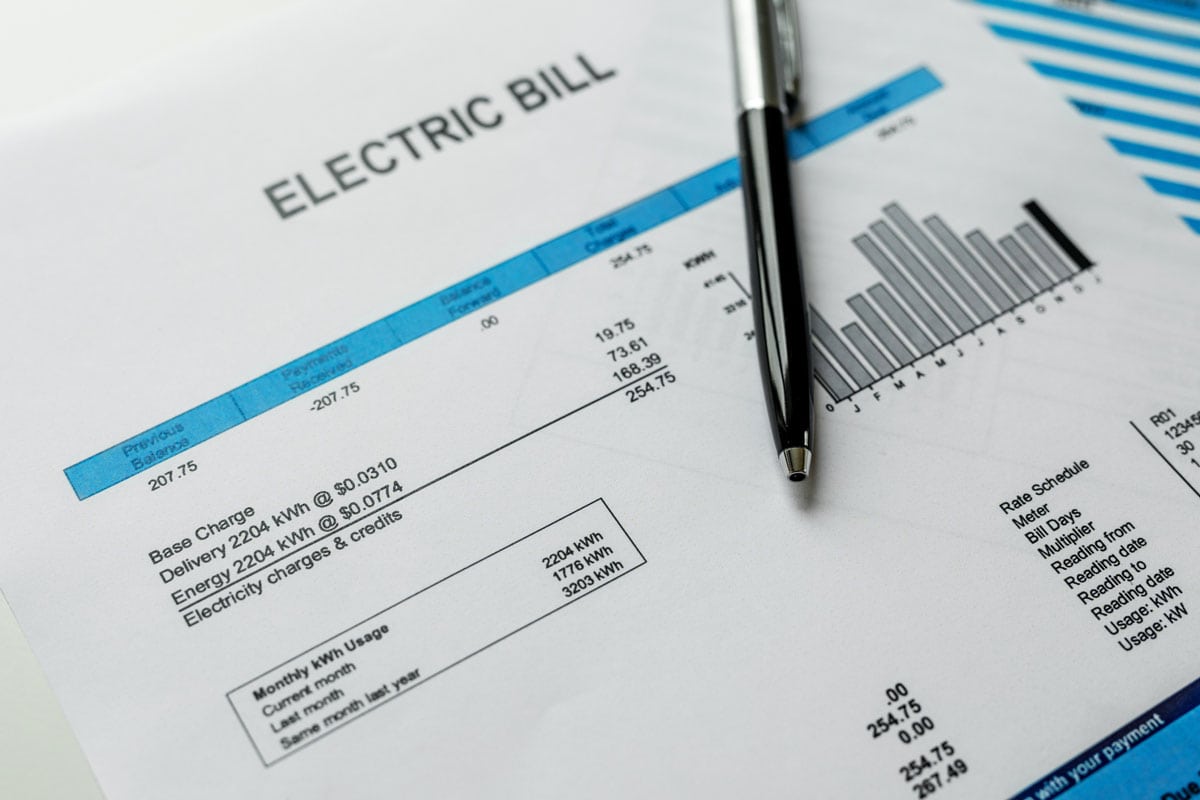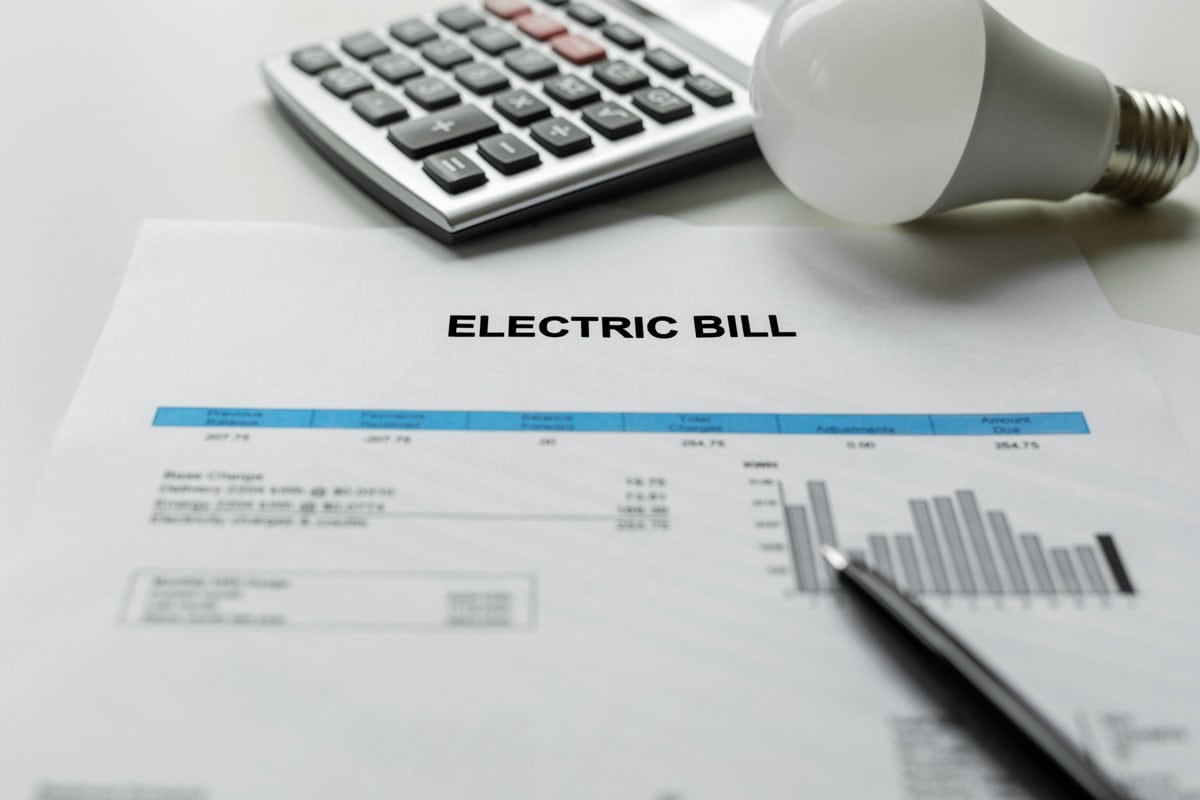There are several modes available on your AC for your selection, and one of them is the dry mode. Want to know if the dry mode setting can cool the air? We've consulted some experts in this field, and here's what they say.
The temperature may feel hotter than it is when the air is very humid. Your home will feel more comfortable by using dry mode on the air conditioner. This is because dry mode can have a cooling effect on the air by removing the extra moisture.
In this article, we will discuss the dry setting of an air conditioning unit and how it works. We will also share the differences between cool and dry modes, benefits, and more. So keep on reading!

What Is Dry Mode And How Does It Work?
The dry mode is frequently confused with the cool mode. They don't really differ much. However, they do differ in how they operate, as the remote control will imply: the cold mode is typically represented by a snowflake, while the dry mode is typically represented by a water drop.
Although it is not a particularly common function, some central air conditioning units have the air conditioning dry mode. Reduced humidity in a space is the major goal of the dry mode.
As we know, humidity always results in a temperature rise. However, humidity often causes discomfort, even at colder temperatures. The dry function will reduce the humidity, and it is especially useful when it's particularly humid, such as during the rainy season.
Even though it may not be hot enough to require running your air conditioner nonstop during this season, the humidity will seem stuffy and irritating. Utilizing dry mode at this time is ideal.

Although dry mode won't completely eliminate the moisture in a space, it will unquestionably make it more comfortable. An air conditioner's dry mode works like a dehumidifier.
The fan and other internal parts of the air conditioner will continue when it is in dry mode, but no cool air will be released.
Instead, the air in the space will travel through the air conditioner as the water vapor condenses in the evaporator to remove moisture. The dried air will then leave the appliance and return to the space.

Does Dry Mode Cool The Air?
Your air conditioner's dry mode mostly serves to remove moisture from the air, as discussed above. Running your air conditioner in dry mode as opposed to cool mode on days with high humidity levels may not feel all that different.
The dry mode can have a cooling effect on the air by removing extra moisture even when it doesn't actively cool the air.
Instead of employing the cool air mode of the air conditioner, the dry mode is suitable for lowering the air's moisture content and restoring comfort to the space.
Although the dry mode is effective at reducing air moisture, it shouldn't be used to completely reduce the humidity in a space. It should only be utilized to keep humidity at a level that is comfortable for people.
After all, a room with excessively dry air is nearly as uncomfortable as one with a high humidity level. For this reason, the majority of experts advise allowing the air conditioner to run in a dry mode for no longer than 1-2 hours.
When To Use Dry Mode?

Dry mode is most effective when:
- Your house is not very warm but is humid or sticky.
- It's raining or just before a storm.
- You don't want your house to be too cold.
Meanwhile, use cool mode when:
- It's a hot, dry day.
- The humidity is very high.
- You want the room's air to be consistently cold.
What Is The Difference Between Cool Mode And Dry Mode?
Because most people purchase air conditioners with the intention of maintaining a comfortable room temperature, many individuals do not completely understand the distinctions between dry mode and cool mode.
Below are the differences and similarities of these modes:
Temperature
If you are mindful of your power use, you can set the temperature at 77 degrees Fahrenheit. While the cold mode will only keep the temperature constant, the dry mode allows you to ensure that the space is completely dry.
For areas with frequent rain, the dry mode is particularly helpful, since it both maintains the room's temperature and keeps the space dry or humid-free.
Cooling
The cool mode is undoubtedly more effective in cooling than the dry mode.
Additionally, many modern and advanced air conditioners include a feature called quick cool mode that can quickly drop the temperature and ideal choice if you want the room to be 60 or 64 degrees Fahrenheit.
Longevity
The cool mode's high usage can shorten the lifespan of an air conditioner. However, with the right upkeep and servicing, the air conditioner can last a long time.
On the other hand, the dry mode places less strain on an air conditioner and has less impact on its lifespan.
Electricity Bill

One of your home's top energy consumers is your AC. Everyone is aware of how much an air conditioning system gets used in the summer, which can cause a utility bill to soar.
The cool setting is the most expensive setting to operate on an air conditioner. Many people use this setting alone. If the weather permits it, using the dry mode on an air conditioner can actually help you save on energy costs.
Turning the air conditioner to dry mode when the humidity is high will not only help reduce humidity and make the air feel more comfortable, but it will also turn off some features on the air conditioner that are increasing the cost of the energy bill.
When the dry mode is in use, the fan and cool air are drastically reduced. This indicates that the air conditioner uses significantly less power. Otherwise, using the air conditioner in cool mode when the humidity is high will actually cost you more.
What Are The Benefits Of Dry Mode?
You and your family can benefit from the dry mode in several ways. Here are the primary advantages of adopting "dry mode" this summer with your air conditioning:
1. Promotes Family And Home Health
The ratio of the amount of water vapor in the air to the most that it can hold at any given temperature is known as relative humidity.
The ideal relative humidity range for interior spaces is between 30 and 50 percent. Any levels greater than this are unhealthy and inefficient.
Dry mode maintains indoor air at its ideal humidity level, making it easier for you and your family to breathe. Not only that, but it also fights off allergens like dust mites, mold, and mildew that flourish in overly humid environments.
2. Safeguards Households
Living in a climate with high humidity has additional drawbacks over time. Too much moisture may result in the growth of mold on your clothes, bed linen, furniture, curtains, or towels.
Additionally, it can corrode or rust your electrical gadgets or home appliances. Dehumidification is a very efficient method for safeguarding your home from damage.
3. Keeps The Air Odor-Free
The dry mode can also get rid of the smells that come with mold, mildew, or dampness in your house, in addition to purifying the air.
When hosting friends, you won't have to worry about that unwelcome "musty" odor anymore because the air will always be fresh and inviting.
4. Lowers Energy Costs

Keeping your energy expenditures under control during the sweltering summer months can be a huge problem. You don't need to drop the temperature all that much.
Instead, let the "dry mode" take over since it's not just about the heat but also the humidity. The compressor in your air conditioner will consume less energy because it is operating at a slower rate, which will result in a cheaper monthly payment.
Remember this the next time you rush to adjust your thermostat, since experts claim that by continuously employing dehumidification or dry mode, you might save as much as half of your energy costs!
5. Increases Overall Comfort
The dry mode will be your ally when excessive humidity levels are making you feel clammy, sweaty, or exhausted without significantly decreasing the temperature settings on your air conditioner.
What Other Modes Does Your Air Conditioner Have?
You might notice that your air conditioner's remote control has a variety of other options in addition to cool mode and dry mode. Here are the other modes:
- Heat Mode: When you want to heat your home's chilly air or keep it at a comfortable temperature, heat mode works well.
- Fan Mode: The optimum time to use fan mode is when you merely want to improve airflow without adjusting the temperature.
- Auto Mode: Based on the temperature the sensor picks up, the auto mode automatically sets the temperature and fan speed.
Final Thoughts

Humidity levels can fluctuate frequently, making you uncomfortable. Most of us typically react by turning on the cool mode on our air conditioner because we believe this is the best way to reduce our body temperature.
However, it is not your only choice. The dry mode on an air conditioner is the perfect solution if humidity levels are high and the temperature is not too hot.
Each unit has a different setting, so using the right one at the right time can increase its effectiveness, reduce your electricity costs, and ensure a cozy home environment all year long.
Before leaving, don't hesitate to check out some of our valuable posts below.
Mini Split Dry Mode Vs. Dehumidifier: What’s The Difference?
